ACQUISITION CRITERIA
Aquisition
Criteria
We are opportunistic investors. We acquire properties in markets that are under-followed and under-appreciated, often resulting in greater returns than can be earned in more crowded markets.

We use a top-down
approach to investing
Focusing first on important macroeconomic elements that matter most:

Population Trends
Is the MSA (Metropolitan
Statistical Area) growing?

Job Growth
Is there job growth, and is it
accelerating. Any new plant
openings, or layoffs imminent?

AMI Growth
What is the long-term trend of
AMI (Area Media Income)
growth in the MS?

Crime Statistics
We obtain crime statistics in
the MSA, and avoid areas with
above average incidences of
crime.
next, we drill down to the microeconomic
elements
Relating to a specific asset under consideration:

Neighborhood
Is the property located in a good part of town?

Reputation
What is the reputation of the property? We research social media to learn about the property and it’s reputation in the community.

Public Records
We pull public records on every property we evaluate so we can become better acquainted with the asset.

Property Condition
We visit the property to make our initial assessment of property condition, then engage our engineering consultant to conduct a thorough capital needs assessment so there are no surprises.

Financial Analysis
We perform extensive financial modeling using historical occupancy and operating data as well as forecasting tools to provide an accurate set of assumptions for the investment pro forma.
In order to achieve superior returns on our
investments
We follow the disciplined selection process outlined above, while keeping an eye open to unique opportunities that
sometimes defy traditional analysis. Some examples are as follows:
TERTIARY MARKETS
Markets change, and so must we. By going into smaller, tertiary markets that are not overly impacted by excessive investor demand, we can generally achieve higher cash flow yields than those available in the major metro areas of the U.S.
DISTRESSED ASSETS
We have grown our portfolio over recent years with an emphasis on Low Income Housing Tax Credit (LIHTC) housing. Many of our investments were built using tax credits. We acquire these properties during the extended use period, meaning that we agree to operate them under the LIHTC restrictions for periods ranging from 3-15 years. At the end of the extended use period, we have the option to convert the properties to market-rate, meaning that the low income restrictions have “burned off”. This affords us with further upside, as we can now re-set the rents to the higher market rents being charged in the market.
For further information about LIHTC investments, please visit here.
BUY AT OR BELOW
REPLACEMENT COST
When analyzing a new opportunity, we analyze the cost of acquisition versus the replacement cost of the improvements. In many cases we can purchase assets at significant discounts to their replacement cost. This limits our downside risk in a declining real estate market.
VALUE ADD
Acquire real estate assets that require repositioning in the marketplace. Enhance performance through improved management and leasing techniques, as well as incorporating unit amenity upgrades to boost rents.
EXPLOIT MARKET
BOTTOMS
Real estate is a cyclical business, accentuated by growth and expansion, followed by contraction and recovery. Invest in markets where anticipated cyclical recoveries will provide opportunities for outsized returns on equity.
EXPLOIT MARKET
INEFFICIENCIES
Regardless of market conditions, in good times or bad, real estate markets are inefficient when compared to the equity and bond markets. Whereas these markets tend to be fairly valued at all times, real estate markets are more fragmented, and therefore present opportunity for the diligent investor who can capitalize on market inefficiencies.




